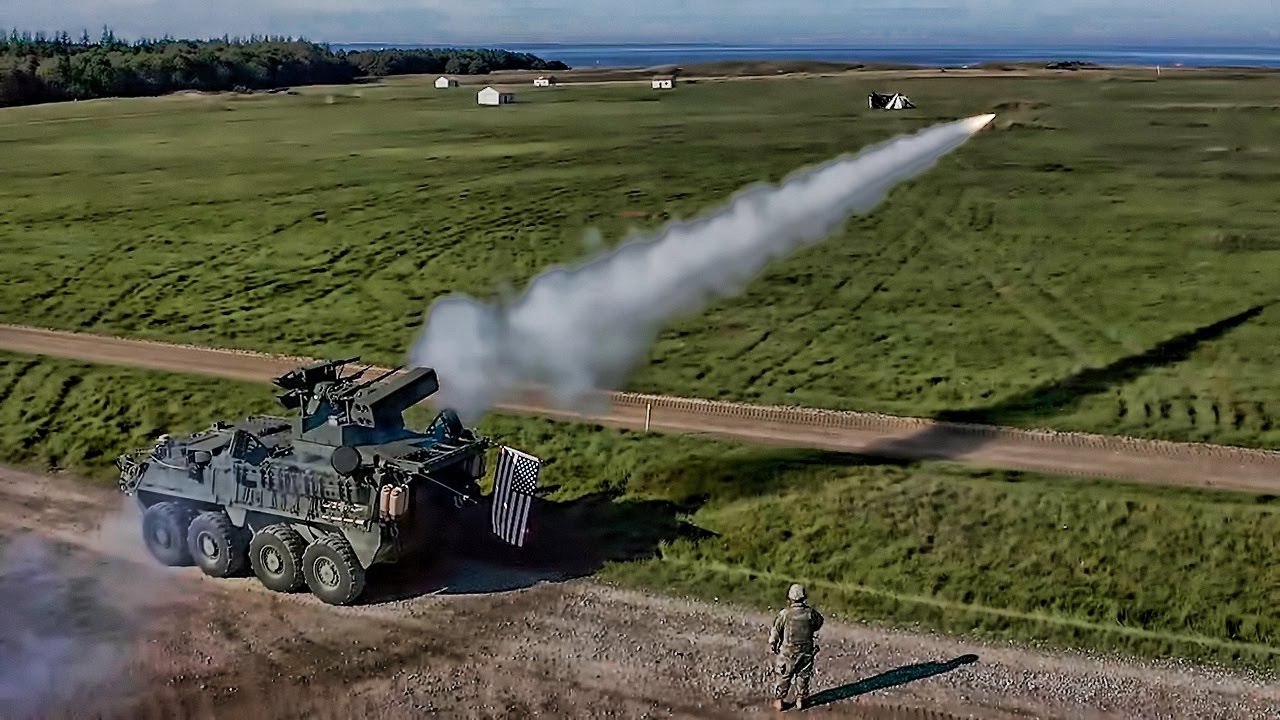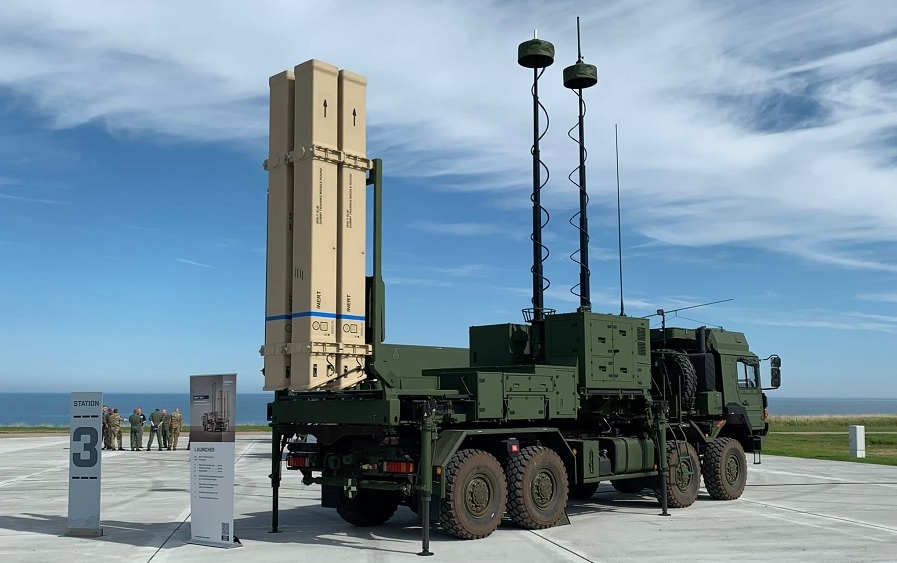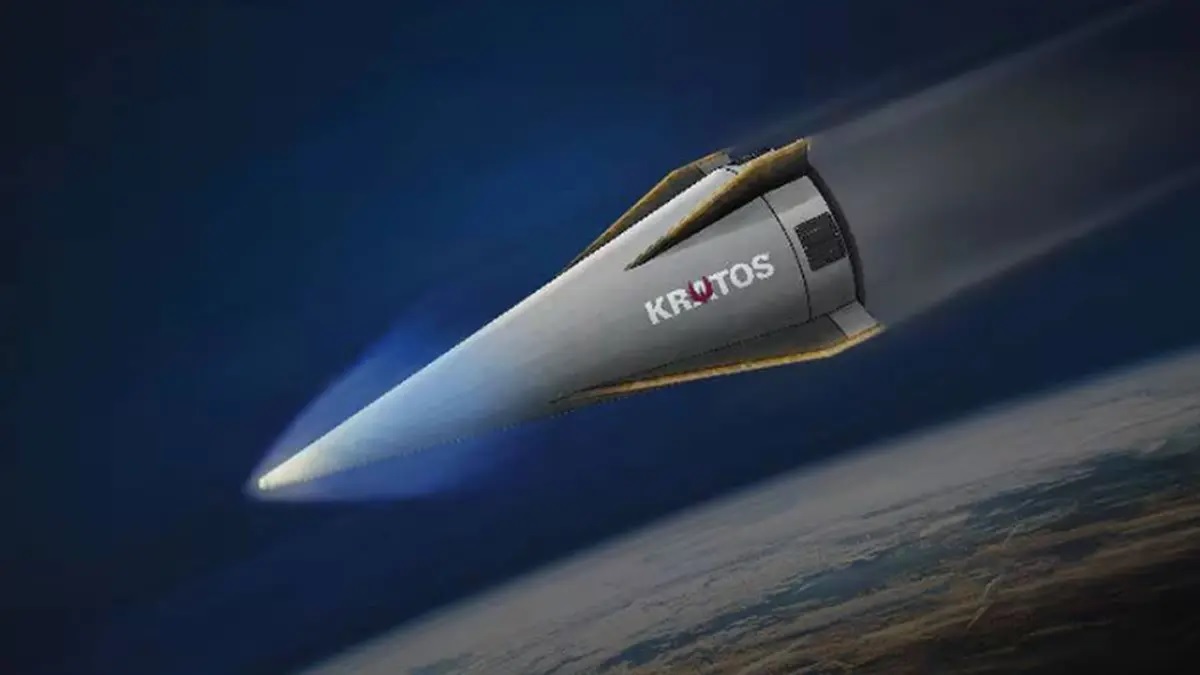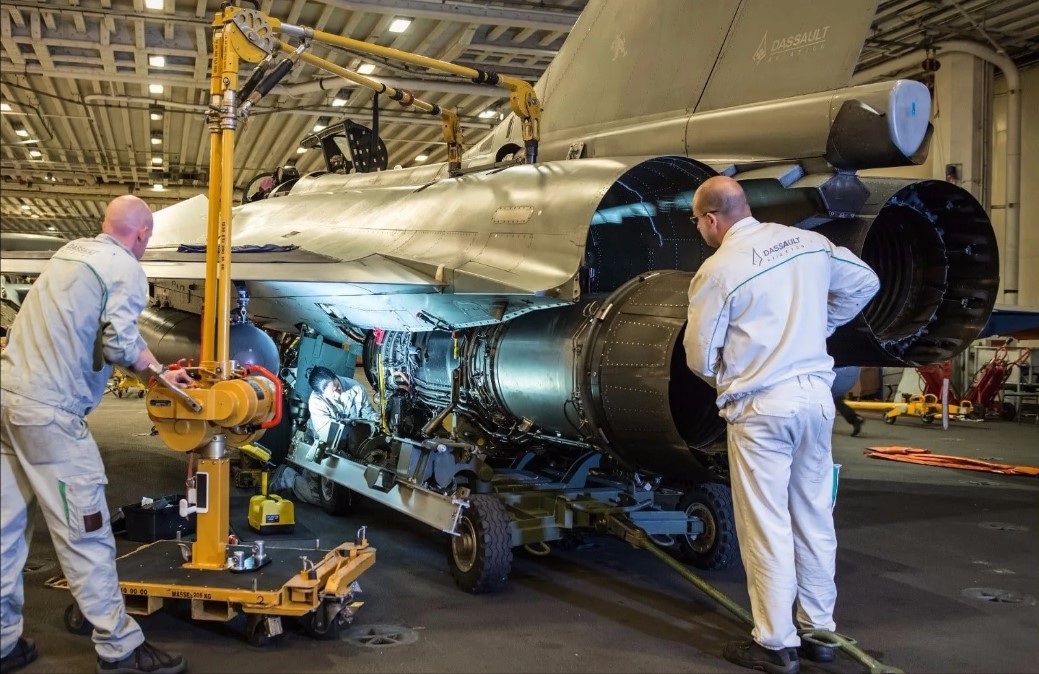Raytheon Advances U.S. Army’s Next-Gen Short-Range Interceptor with Successful Subsystem Tests

Raytheon, a business under RTX, has achieved a major milestone in the development of the Next-Generation Short-Range Interceptor (NGSRI) for the U.S. Army. The company recently completed 10 successful subsystem demonstrations, paving the way for a highly advanced replacement for the Stinger surface-to-air missile.
A New Era in Short-Range Air Defense
The NGSRI program is designed to provide enhanced capabilities for defending against aerial threats, including drones, helicopters, and fixed-wing aircraft. The successful subsystem demonstrations confirm that Raytheon’s new interceptor will deliver a longer range, improved accuracy, and higher lethality compared to the Stinger missile, which has been in service since the 1980s.
According to Tom Laliberty, President of Land & Air Defense Systems at Raytheon, these tests mark a crucial step in delivering an affordable, low-risk, and highly producible solution that meets the Army’s stringent performance requirements.
Breakthroughs in NGSRI Testing
Over the past several months, Raytheon’s industry team successfully tested all key subsystems of the new interceptor. The results exceeded expectations and showcased significant improvements over existing short-range air defense (SHORAD) systems.
Key Subsystem Tests & Achievements:
- Advanced Seeker Assembly: The seeker demonstrated maximum range acquisition, surpassing the Stinger’s capabilities in both laboratory and real-world outdoor environments.
- Flight Rocket Motor: A newly designed rocket motor successfully extended the intercept range, providing a significant upgrade for maneuver-based short-range air defense.
- Command Launch Assembly (CLA): The man-portable launch system improved target detection and identification, especially in low-visibility environments.
- Warhead Testing: Arena tests confirmed the missile warhead’s ability to achieve high-precision, repeatable lethality against a wide range of aerial threats.
Additionally, six other tests covered critical missile functions, including:
- Tracking and guidance
- Aerodynamic control
- Fuzing technology
- Safety mechanisms
Next Steps: Soldier Evaluations & Flight Testing
With subsystem testing complete, Raytheon is now moving forward with soldier touchpoint exercises. This phase will allow U.S. Army soldiers and Marines to interact directly with the new interceptor, providing real-time feedback on its usability and effectiveness in field conditions.
A full system flight test demonstration is also planned for later this year, marking a critical milestone before production and deployment.
Raytheon’s Legacy in Missile Defense
Raytheon has been at the forefront of missile defense technology for over 60 years. The NGSRI program integrates advanced engineering and modern manufacturing to ensure faster production and superior performance while maintaining affordability for the U.S. Army and Marine Corps.
As the Stinger missile nears retirement, the Next-Generation Short-Range Interceptor promises to be a game-changer, providing unmatched agility, accuracy, and reliability for the battlefield of the future.



